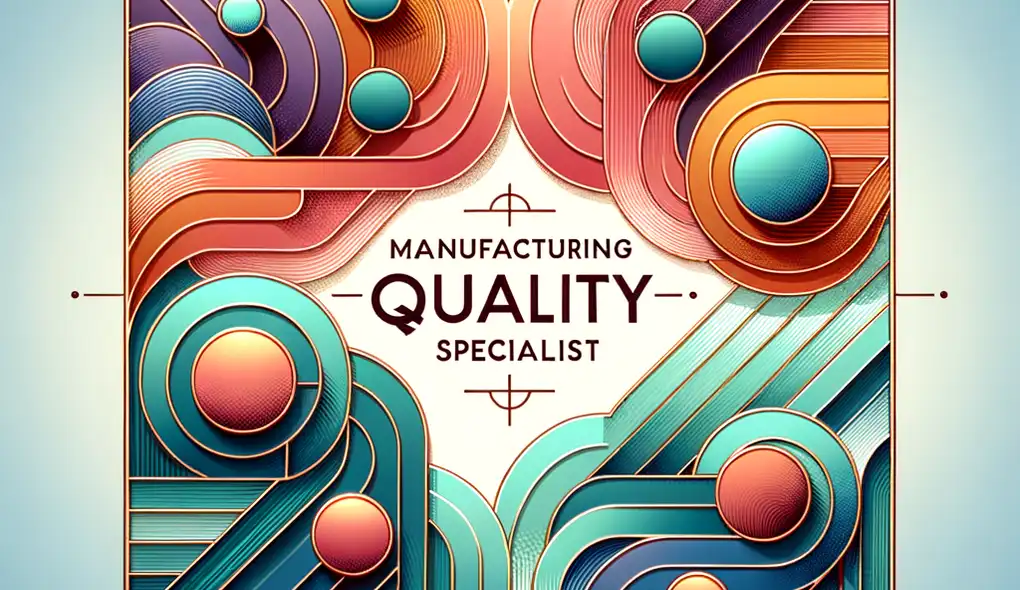How do you approach problem-solving in a quality assurance context?
Manufacturing Quality Specialist Interview Questions
Sample answer to the question
When approaching problem-solving in a quality assurance context, I follow a systematic approach. First, I analyze the problem by gathering all relevant information and data. Then, I brainstorm potential solutions and evaluate their feasibility. I prioritize the solutions based on their impact on product quality. Once a solution is selected, I develop an action plan and communicate it to the team. Throughout the implementation process, I closely monitor progress and make any necessary adjustments. Finally, I evaluate the effectiveness of the solution and document the entire problem-solving process.
A more solid answer
In a quality assurance context, problem-solving starts with identifying the root cause of the issue. I conduct thorough investigations, using tools like fishbone diagrams and 5 Whys analysis, to understand the underlying factors contributing to the problem. Once the root cause is determined, I collaborate with cross-functional teams, such as manufacturing, engineering, and quality control, to develop effective solutions. Clear and concise communication is essential during this process to ensure everyone is aligned. Throughout implementation, I monitor and document progress to track the effectiveness of the solution. Additionally, I continuously seek feedback from stakeholders to improve future problem-solving approaches.
Why this is a more solid answer:
The solid answer provides more specific details about the candidate's problem-solving approach in a quality assurance context. It demonstrates their experience and knowledge of tools like fishbone diagrams and 5 Whys analysis. The answer also highlights the importance of cross-functional collaboration and clear communication. However, it could benefit from discussing how the candidate has applied these approaches in actual projects or situations.
An exceptional answer
When it comes to problem-solving in a quality assurance context, my approach incorporates both a proactive and reactive mindset. Proactively, I focus on preventive measures by using statistical quality control techniques to identify potential issues before they arise. This includes regular data analysis, trend monitoring, and process audits. Reactively, I employ root cause analysis methodologies to investigate and resolve any quality deviations. This involves conducting thorough investigations, engaging stakeholders, and implementing corrective actions. Throughout the process, I emphasize open communication and knowledge sharing to align the team's efforts and continuously improve the quality assurance process.
Why this is an exceptional answer:
The exceptional answer demonstrates a comprehensive understanding of problem-solving in a quality assurance context. It goes beyond the basic and solid answers by incorporating both proactive and reactive approaches. The candidate showcases their knowledge of statistical quality control techniques and root cause analysis methodologies. The emphasis on open communication and continuous improvement highlights their ability to work in a team environment and their attention to detail. The answer could be further enhanced by providing specific examples of projects where the candidate applied these approaches.
How to prepare for this question
- Familiarize yourself with statistical quality control techniques and root cause analysis methodologies.
- Reflect on past experiences where you successfully identified and resolved quality issues.
- Practice explaining your problem-solving approach using clear and concise language.
- Be prepared to discuss how you have collaborated with cross-functional teams in problem-solving scenarios.
- Highlight your ability to analyze data and communicate findings effectively.
What interviewers are evaluating
- Analytical skills
- Problem-solving abilities
- Communication skills
Related Interview Questions
More questions for Manufacturing Quality Specialist interviews